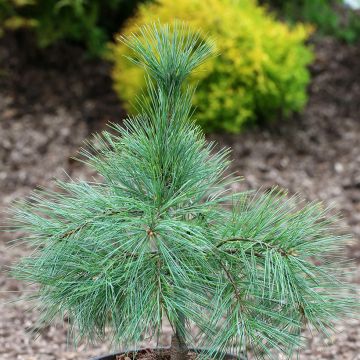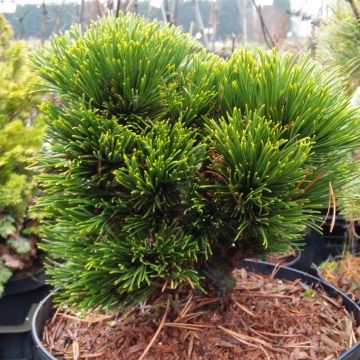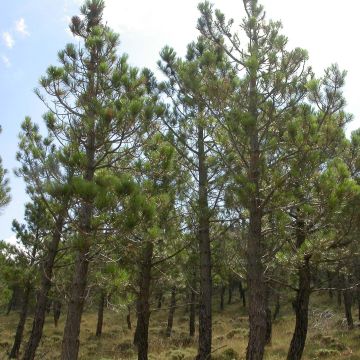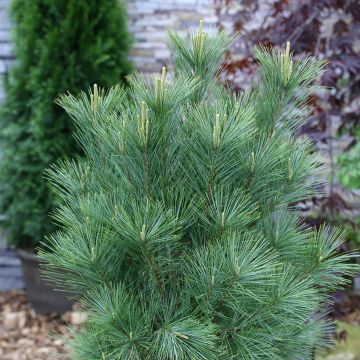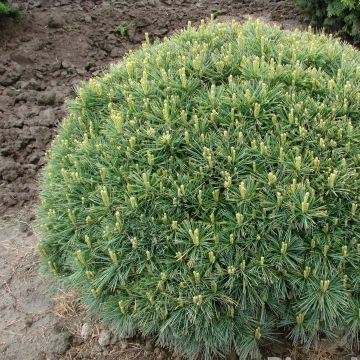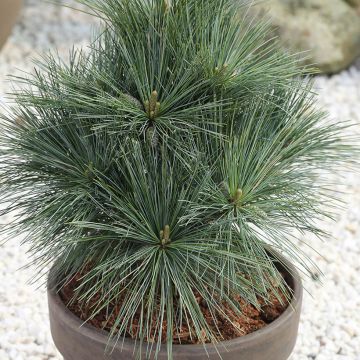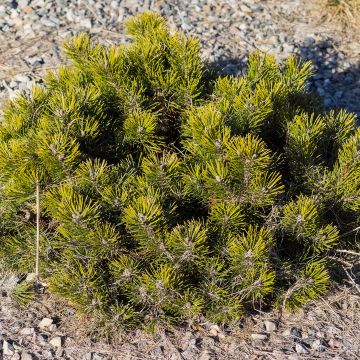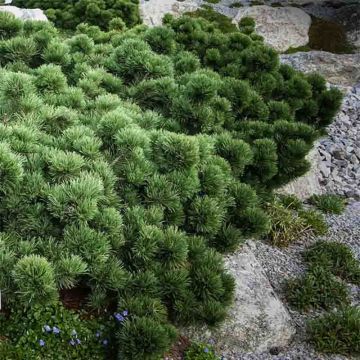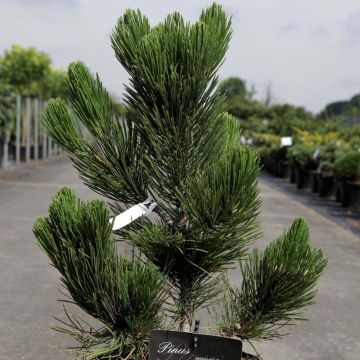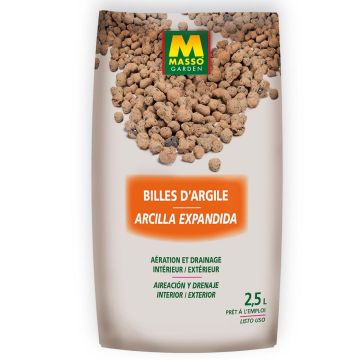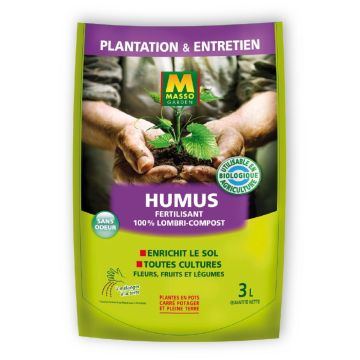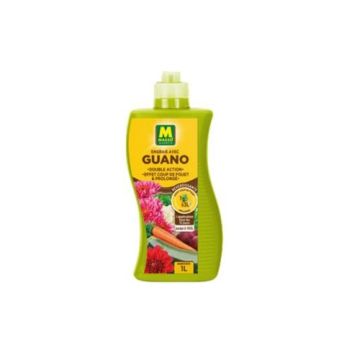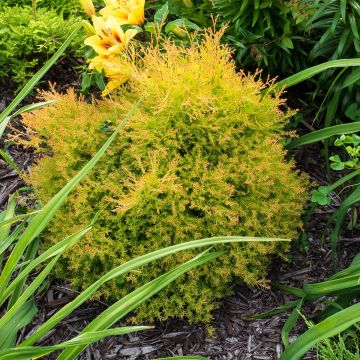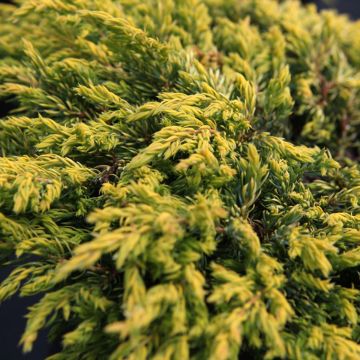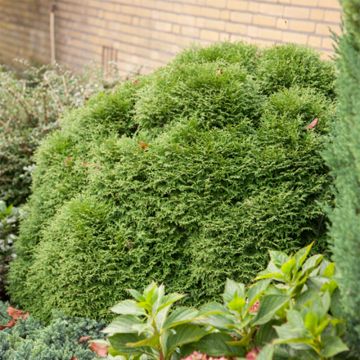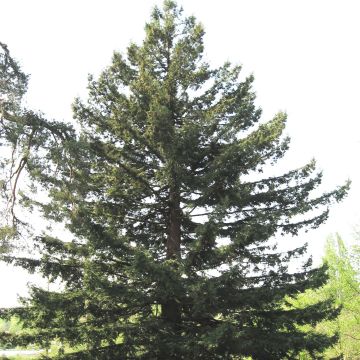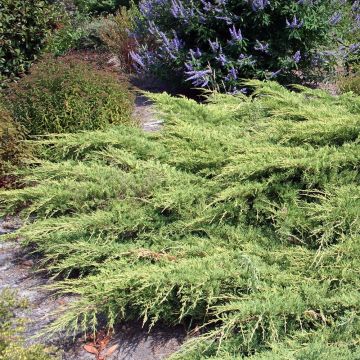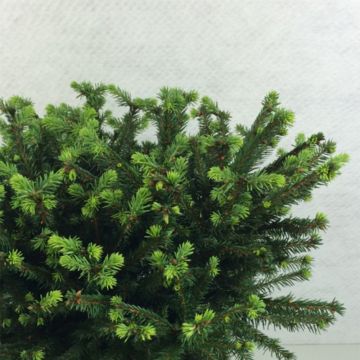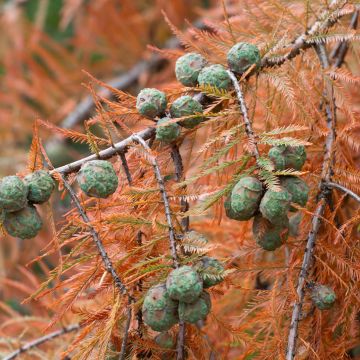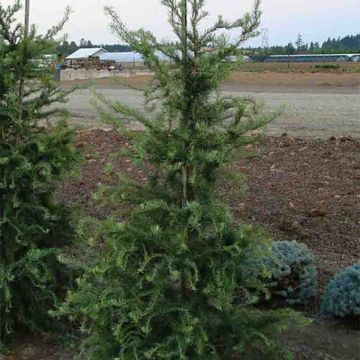

Pinus mugo Carstens Wintergold - Dwarf Mountain Pine
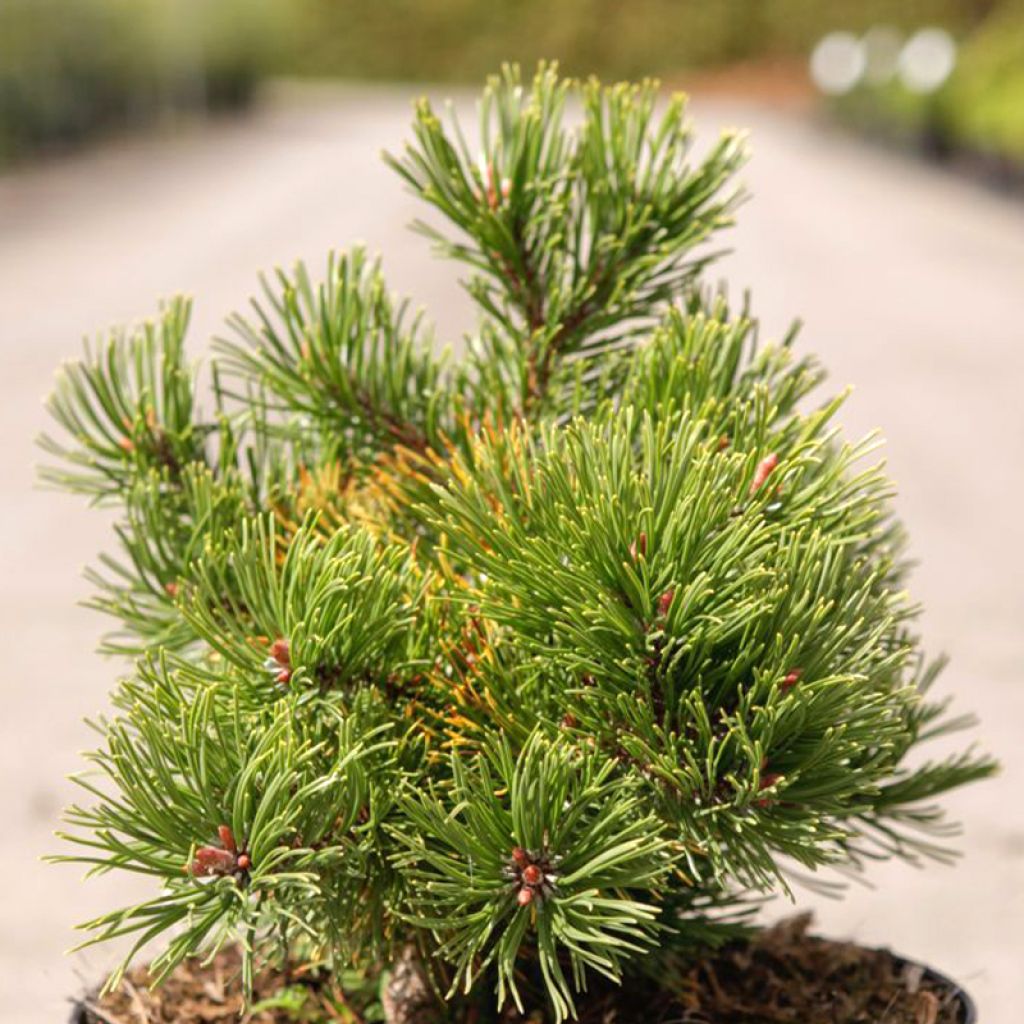

Pinus mugo Carstens Wintergold - Dwarf Mountain Pine
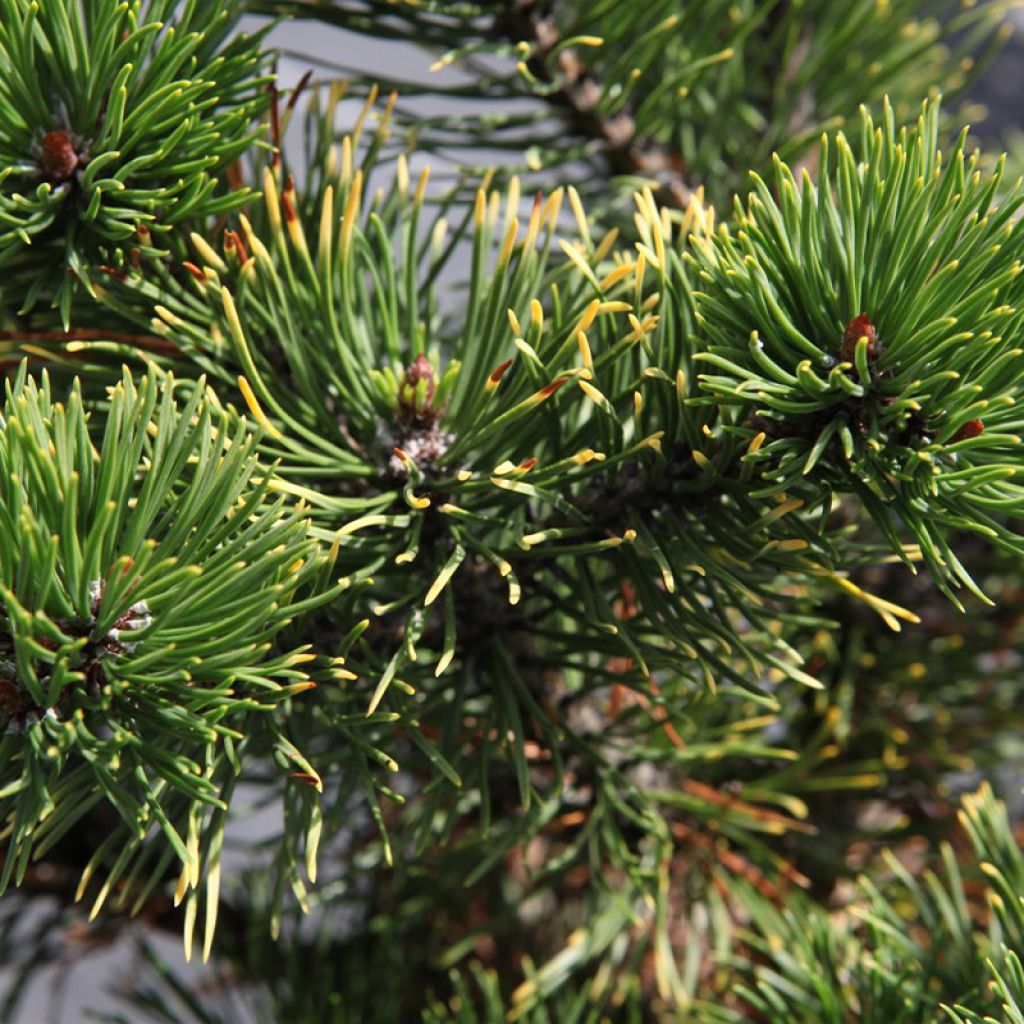

Pinus mugo Carstens Wintergold - Dwarf Mountain Pine
Pinus mugo Carstens Wintergold - Dwarf Mountain Pine
Pinus mugo Carstens Wintergold
Dwarf Mountain Pine, Swiss Mountain Pine, Mugo Pine
I received my pine yesterday, very beautiful young plant! 5 out of 5! Thank you.
Miguel Isidoro, 19/08/2025
Special offer!
Receive a €20 voucher for any order over €90 (excluding delivery costs, credit notes, and plastic-free options)!
1- Add your favorite plants to your cart.
2- Once you have reached €90, confirm your order (you can even choose the delivery date!).
3- As soon as your order is shipped, you will receive an email containing your voucher code, valid for 3 months (90 days).
Your voucher is unique and can only be used once, for any order with a minimum value of €20, excluding delivery costs.
Can be combined with other current offers, non-divisible and non-refundable.
Home or relay delivery (depending on size and destination)
Schedule delivery date,
and select date in basket
This plant carries a 24 months recovery warranty
More information
We guarantee the quality of our plants for a full growing cycle, and will replace at our expense any plant that fails to recover under normal climatic and planting conditions.

Would this plant suit my garden?
Set up your Plantfit profile →
Description
The Pinus mugo Carsten's Wintergold is a very beautiful compact form of mountain pine, which stands out for its particularly bright golden foliage in winter. Its needles are light green with yellow tips throughout the year. Due to its moderate growth and slow growth, it is well suited for small spaces. Extremely graphic, it is also an extremely hardy conifer, not requiring pruning. It thrives in well-drained but moist soil and a sunny exposure. One of the most spectacular golden conifers.
The Pinus mugo, also known as Mountain Pine or Pine of the Mountains, is an evergreen conifer of the Pinaceae family, endemic to the mountains of Europe. It can be found in the subalpine zone, avoiding summer heat, from the Spanish sierras, through the high Alpine and Pyrenean massifs, to the Balkans. It only descends to an altitude of 200 m (656 ft 2 in) in Central Europe. In nature, it slowly reaches a size of 3 to 4 m (9 ft 10 in to 13 ft 1 in) in all directions, adopting a wind-swept silhouette that reflects its habitat. It is a very cold-resistant species, perfectly adapted to the mountain climate.
The 'Carsten's Wintergold' variety has slow growth, around 15 cm (5.9 in) per year, and forms a dense and very rounded shrubby clump. A 10-year-old specimen will not exceed 1.50 m (4 ft 11 in) in all directions. Eventually, it will reach a height of 3 m (9 ft 10 in) and a spread of 4 m (13 ft 1 in). This pine develops into a flattened sphere, taking on a broad cushion-like habit as it ages. Its branches are tightly packed and its brown twigs are erect. They are covered with fine needles, 4 to 5 cm (1.6 to 2 in) long, arranged in pairs and grouped in brushes. The young shoots emerge in spring from light brown and resinous buds. The needles, green with yellow tips, turn golden yellow from October onwards, sometimes taking on a bronze hue in winter. The trunk has a brown-grey bark, while the twigs show a shiny green, then black, colour.
The Carsten's Wintergold Mountain Pine will find its place in a small garden, either as a standalone or in a large rockery. It works wonders in a Japanese garden and pairs well with large stones, geometric lines of pools, and masonry works. It can be associated with complementary grasses or with dwarf conifers with a creeping habit (Juniperus horizontalis Blue Chip), globose habit (Picea abies Little Gem), or columnar habit (Juniperus communis 'Sentinel'). The graphic qualities of conifers naturally dominate in a contemporary garden that prefers the aesthetics of shapes, silhouettes, and textures over the dance of blooms. These plants, with their reassuring permanence, structurally define a flowerbed, mark pathways, and border terraces, easily replacing the strong presence of trimmed boxwood or holly. It's all about playing with volumes and colours.
Report an error about the product description
Pinus mugo Carstens Wintergold - Dwarf Mountain Pine in pictures
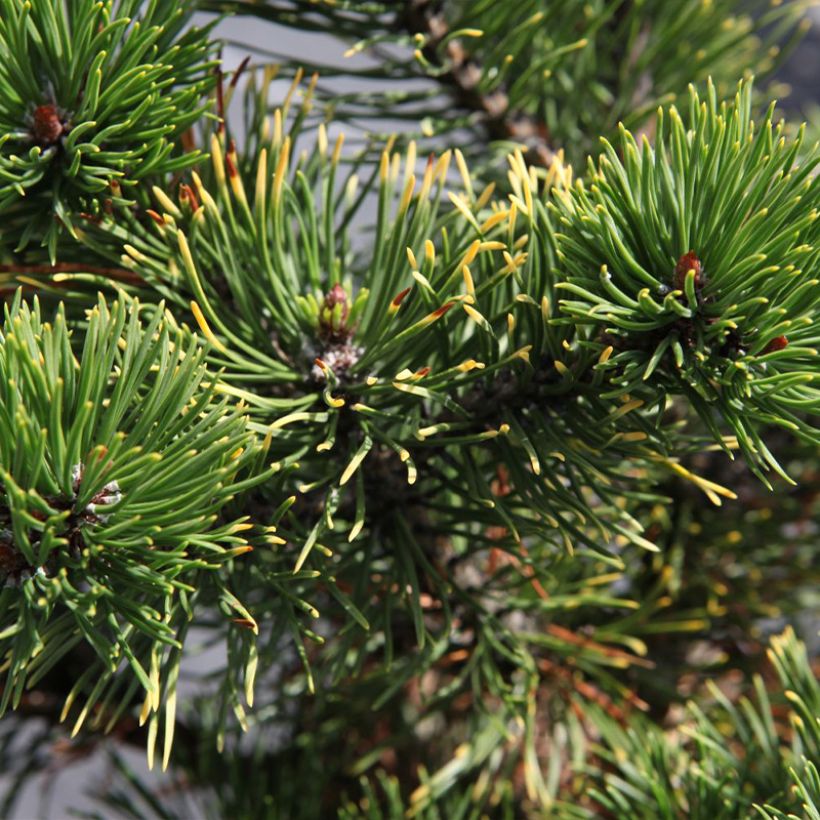

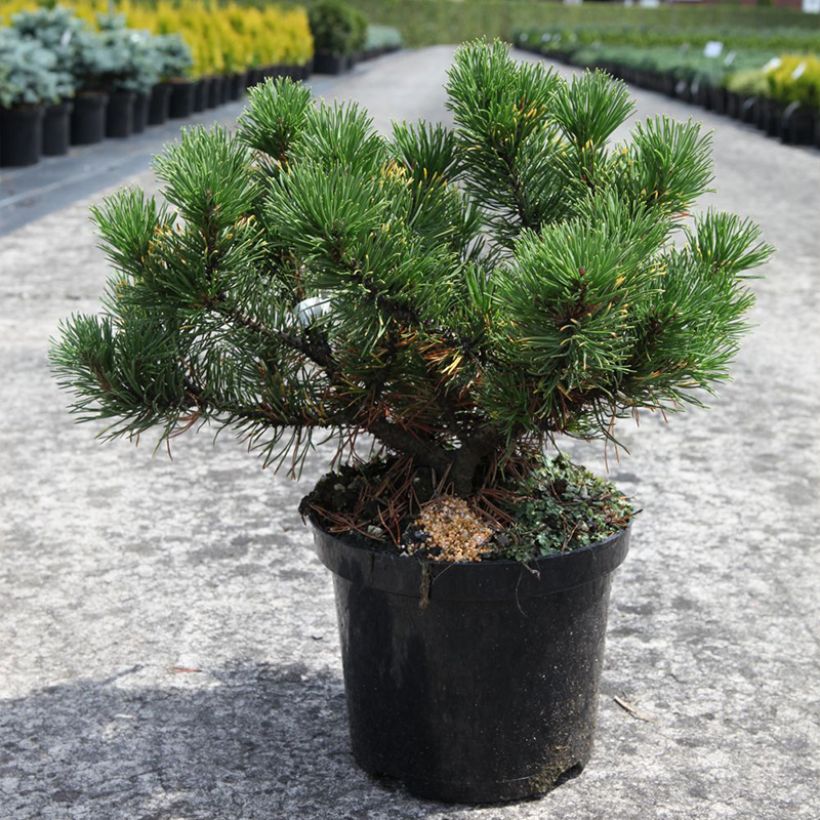

Plant habit
Foliage
Botanical data
Pinus
mugo
Carstens Wintergold
Pinaceae
Dwarf Mountain Pine, Swiss Mountain Pine, Mugo Pine
Cultivar or hybrid
Other Pinus - Pine
View all →Planting and care
The Pinus mugo 'Carsten's Wintergold' is planted from September to November and from February to June in well-drained, moist, even poor soil, whether it is calcareous or, on the contrary, peaty and acidic. It only fears dry soils in summer and scorching temperatures. Choose a sunny spot or, at worst, semi-shaded. Soak the root balls well before planting. Optionally, add organic amendment at planting and water generously in the first years, and in case of prolonged drought. You can apply a special conifer fertilizer every year in April and cultivate the soil in summer. This very hardy conifer (down to -30°C (-22 °F) at least) does not need to be pruned.
Planting period
Intended location
Care
-
, onOrder confirmed
Reply from on Promesse de fleurs
Similar products
Haven't found what you were looking for?
Hardiness is the lowest winter temperature a plant can endure without suffering serious damage or even dying. However, hardiness is affected by location (a sheltered area, such as a patio), protection (winter cover) and soil type (hardiness is improved by well-drained soil).

Photo Sharing Terms & Conditions
In order to encourage gardeners to interact and share their experiences, Promesse de fleurs offers various media enabling content to be uploaded onto its Site - in particular via the ‘Photo sharing’ module.
The User agrees to refrain from:
- Posting any content that is illegal, prejudicial, insulting, racist, inciteful to hatred, revisionist, contrary to public decency, that infringes on privacy or on the privacy rights of third parties, in particular the publicity rights of persons and goods, intellectual property rights, or the right to privacy.
- Submitting content on behalf of a third party;
- Impersonate the identity of a third party and/or publish any personal information about a third party;
In general, the User undertakes to refrain from any unethical behaviour.
All Content (in particular text, comments, files, images, photos, videos, creative works, etc.), which may be subject to property or intellectual property rights, image or other private rights, shall remain the property of the User, subject to the limited rights granted by the terms of the licence granted by Promesse de fleurs as stated below. Users are at liberty to publish or not to publish such Content on the Site, notably via the ‘Photo Sharing’ facility, and accept that this Content shall be made public and freely accessible, notably on the Internet.
Users further acknowledge, undertake to have ,and guarantee that they hold all necessary rights and permissions to publish such material on the Site, in particular with regard to the legislation in force pertaining to any privacy, property, intellectual property, image, or contractual rights, or rights of any other nature. By publishing such Content on the Site, Users acknowledge accepting full liability as publishers of the Content within the meaning of the law, and grant Promesse de fleurs, free of charge, an inclusive, worldwide licence for the said Content for the entire duration of its publication, including all reproduction, representation, up/downloading, displaying, performing, transmission, and storage rights.
Users also grant permission for their name to be linked to the Content and accept that this link may not always be made available.
By engaging in posting material, Users consent to their Content becoming automatically accessible on the Internet, in particular on other sites and/or blogs and/or web pages of the Promesse de fleurs site, including in particular social pages and the Promesse de fleurs catalogue.
Users may secure the removal of entrusted content free of charge by issuing a simple request via our contact form.
The flowering period indicated on our website applies to countries and regions located in USDA zone 8 (France, the United Kingdom, Ireland, the Netherlands, etc.)
It will vary according to where you live:
- In zones 9 to 10 (Italy, Spain, Greece, etc.), flowering will occur about 2 to 4 weeks earlier.
- In zones 6 to 7 (Germany, Poland, Slovenia, and lower mountainous regions), flowering will be delayed by 2 to 3 weeks.
- In zone 5 (Central Europe, Scandinavia), blooming will be delayed by 3 to 5 weeks.
In temperate climates, pruning of spring-flowering shrubs (forsythia, spireas, etc.) should be done just after flowering.
Pruning of summer-flowering shrubs (Indian Lilac, Perovskia, etc.) can be done in winter or spring.
In cold regions as well as with frost-sensitive plants, avoid pruning too early when severe frosts may still occur.
The planting period indicated on our website applies to countries and regions located in USDA zone 8 (France, United Kingdom, Ireland, Netherlands).
It will vary according to where you live:
- In Mediterranean zones (Marseille, Madrid, Milan, etc.), autumn and winter are the best planting periods.
- In continental zones (Strasbourg, Munich, Vienna, etc.), delay planting by 2 to 3 weeks in spring and bring it forward by 2 to 4 weeks in autumn.
- In mountainous regions (the Alps, Pyrenees, Carpathians, etc.), it is best to plant in late spring (May-June) or late summer (August-September).
The harvesting period indicated on our website applies to countries and regions in USDA zone 8 (France, England, Ireland, the Netherlands).
In colder areas (Scandinavia, Poland, Austria...) fruit and vegetable harvests are likely to be delayed by 3-4 weeks.
In warmer areas (Italy, Spain, Greece, etc.), harvesting will probably take place earlier, depending on weather conditions.
The sowing periods indicated on our website apply to countries and regions within USDA Zone 8 (France, UK, Ireland, Netherlands).
In colder areas (Scandinavia, Poland, Austria...), delay any outdoor sowing by 3-4 weeks, or sow under glass.
In warmer climes (Italy, Spain, Greece, etc.), bring outdoor sowing forward by a few weeks.






























